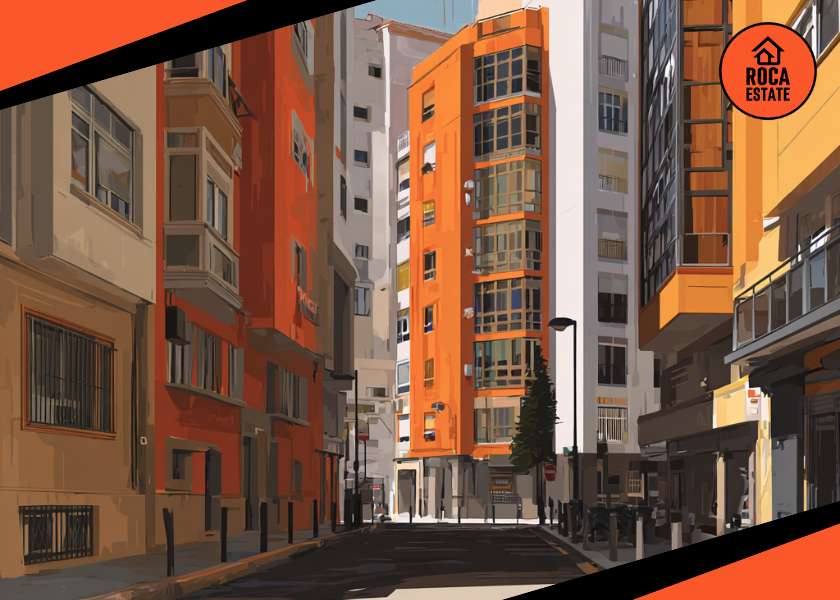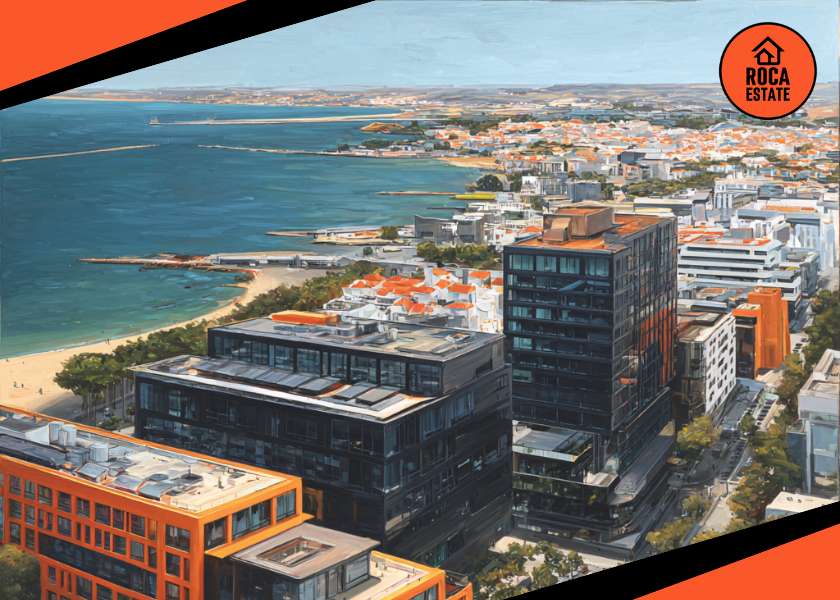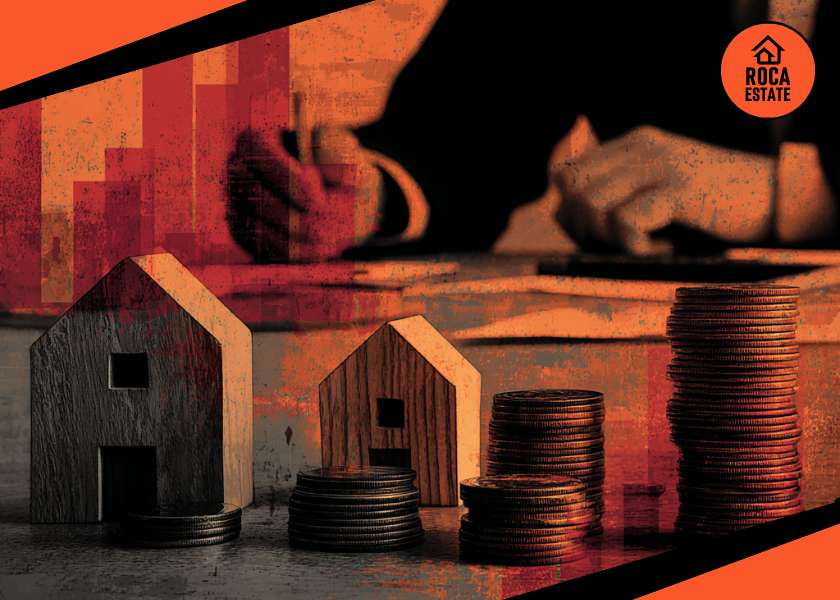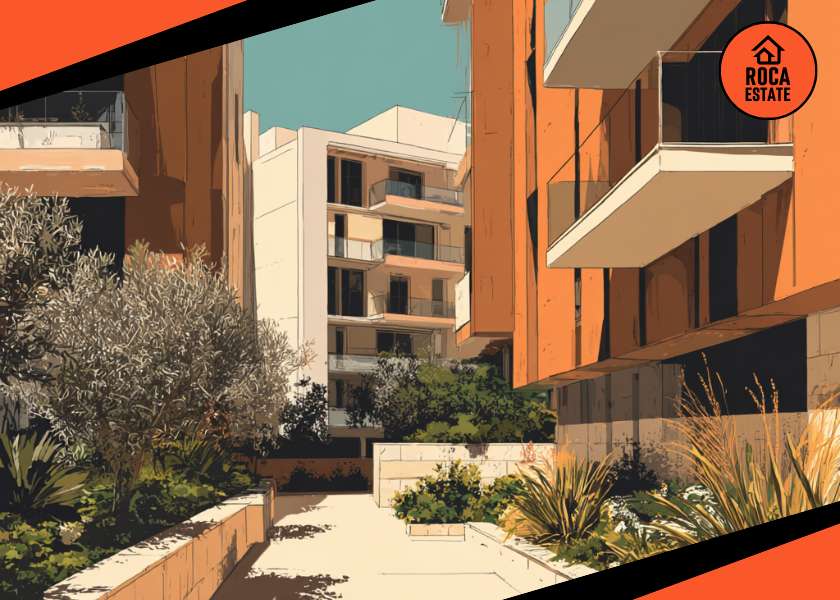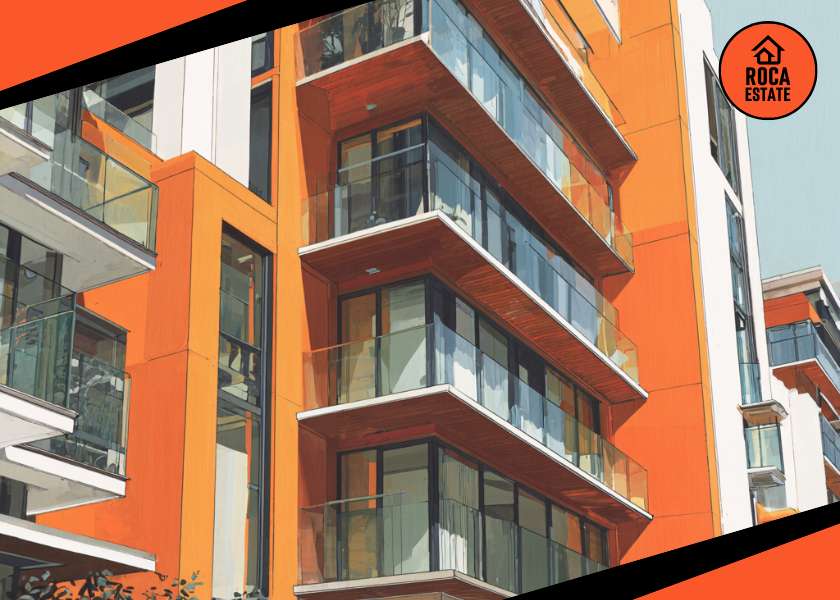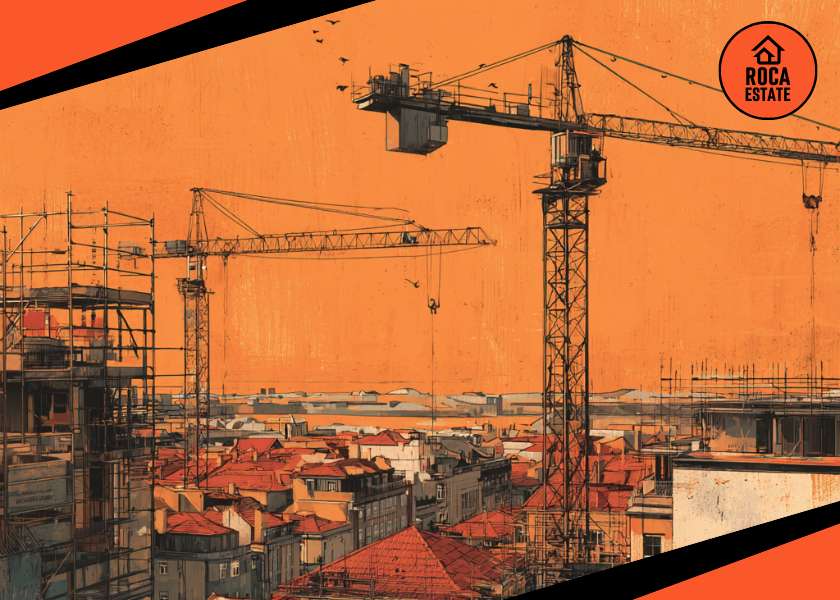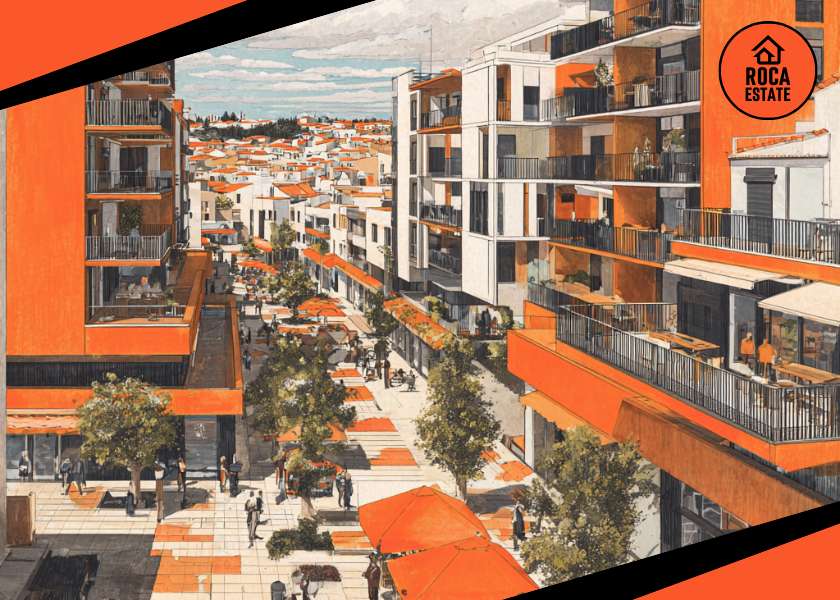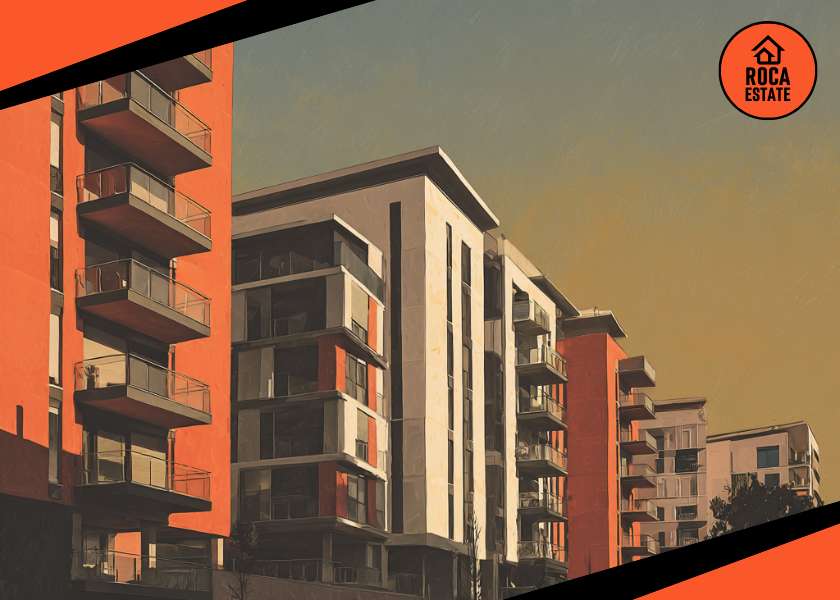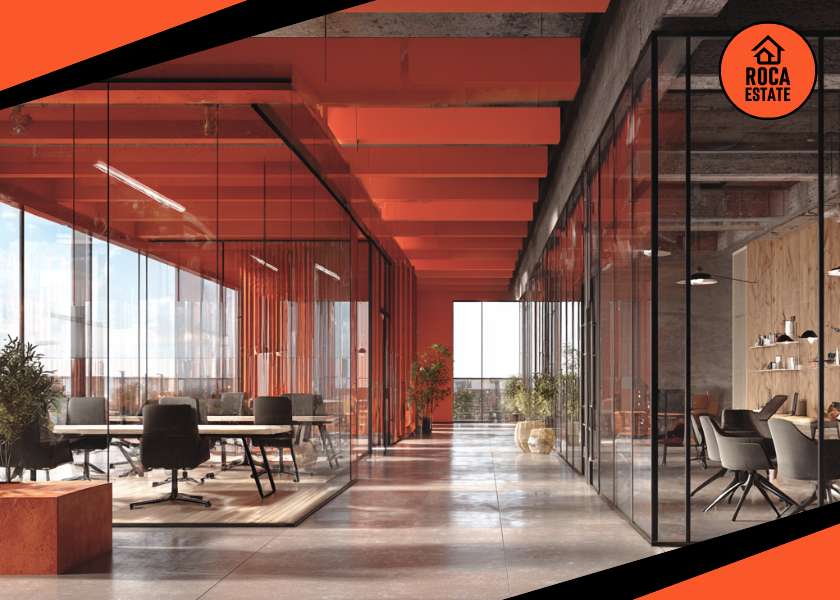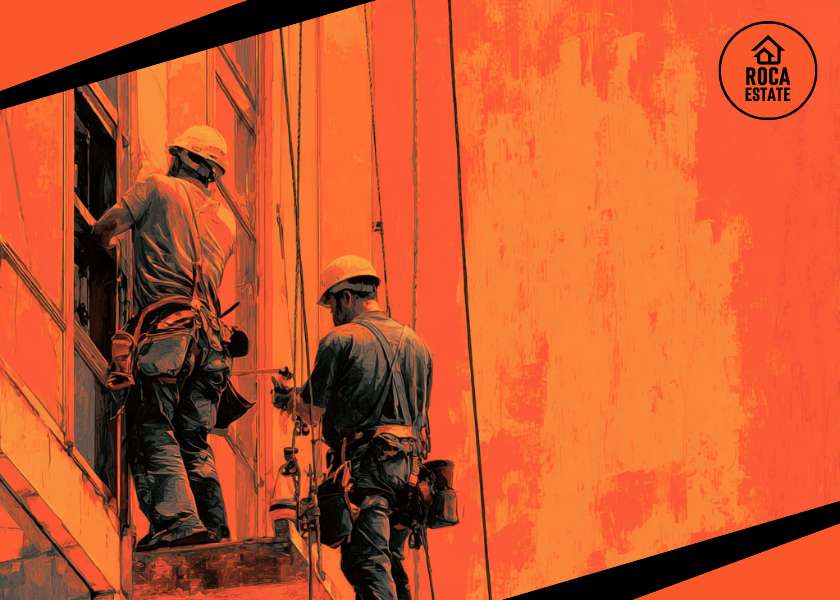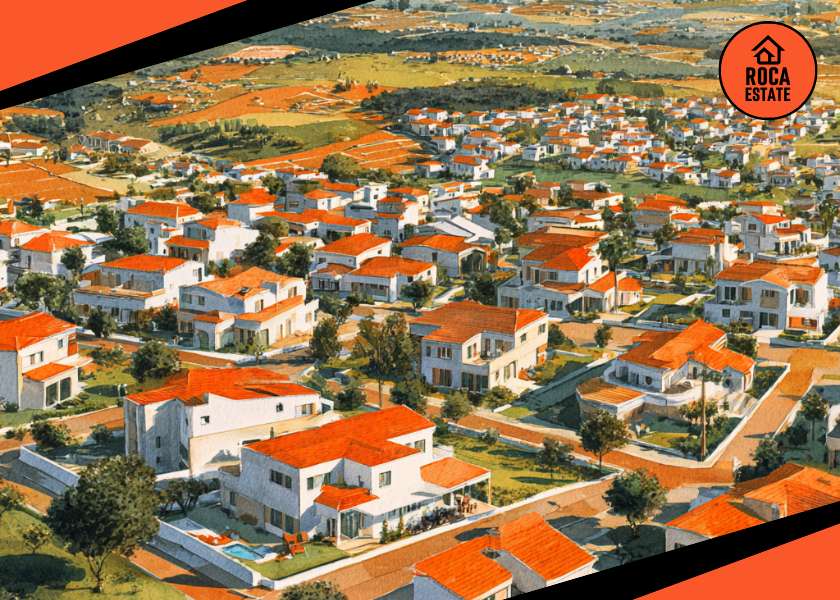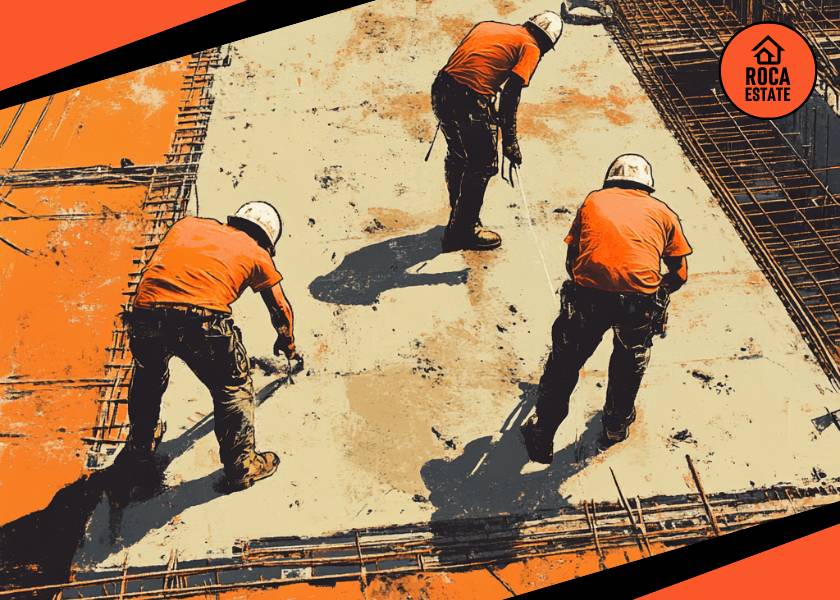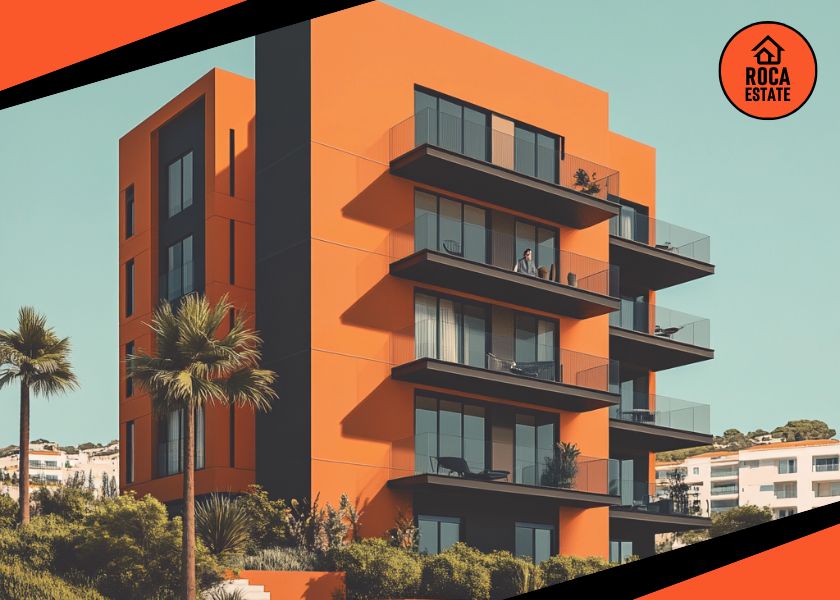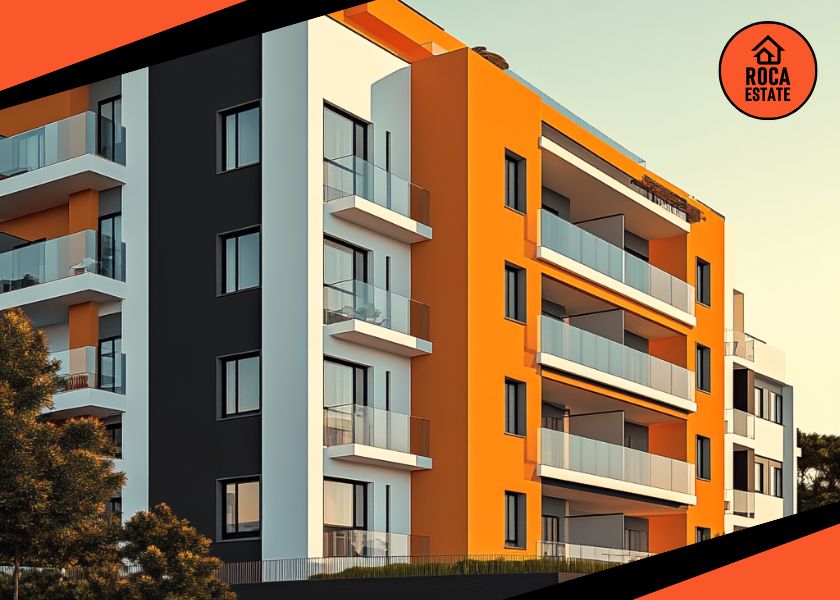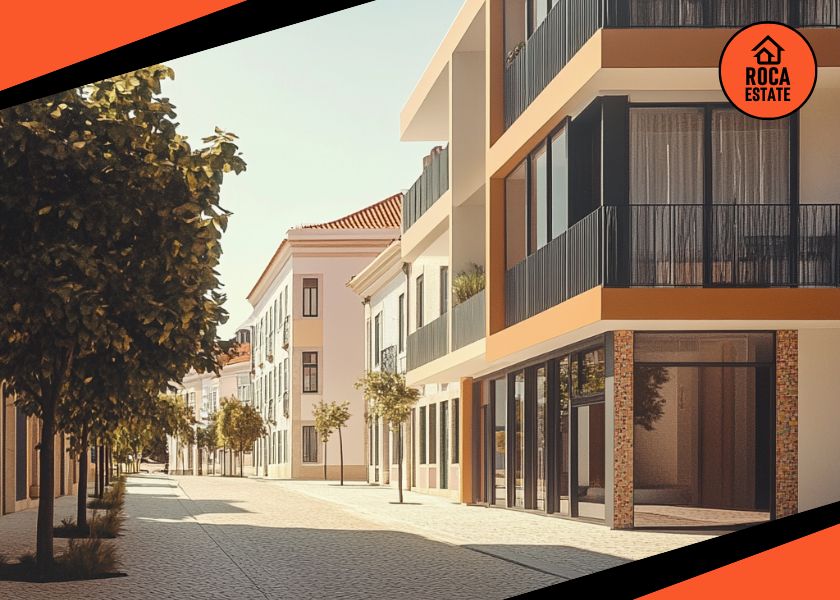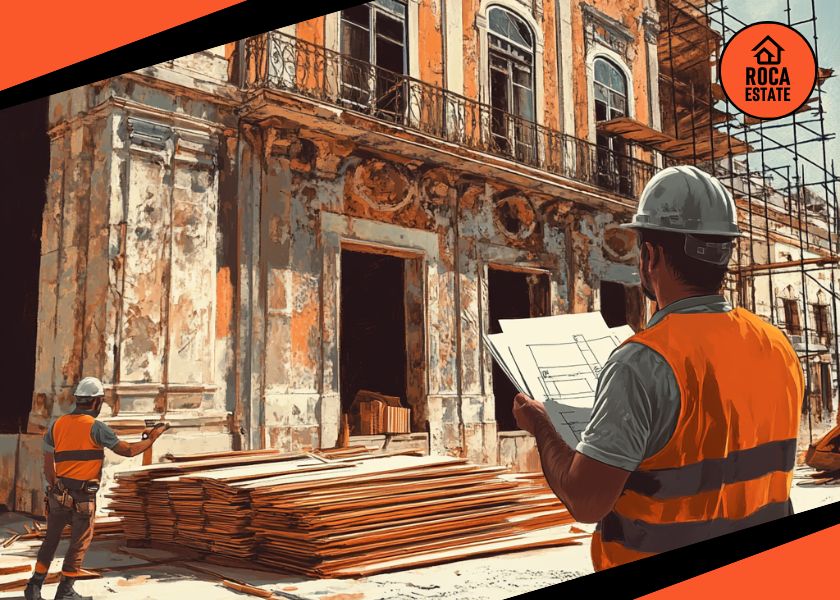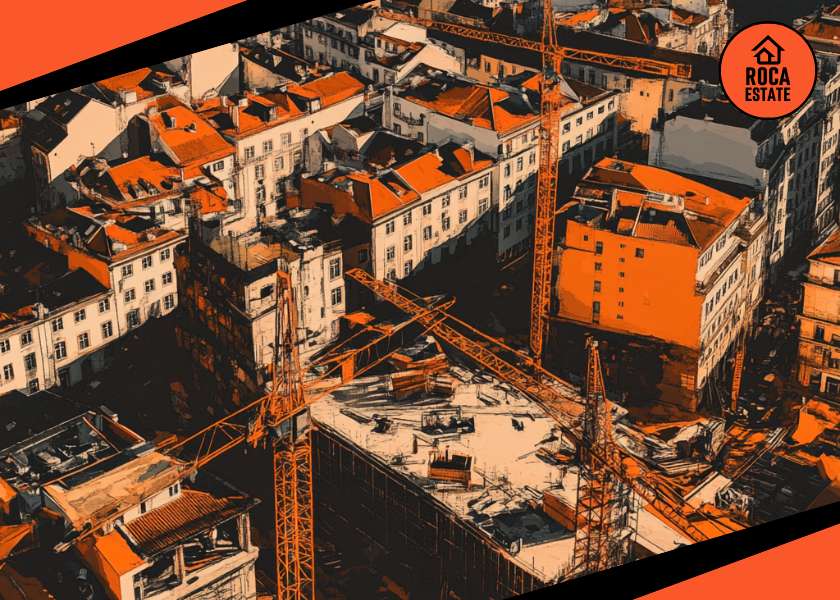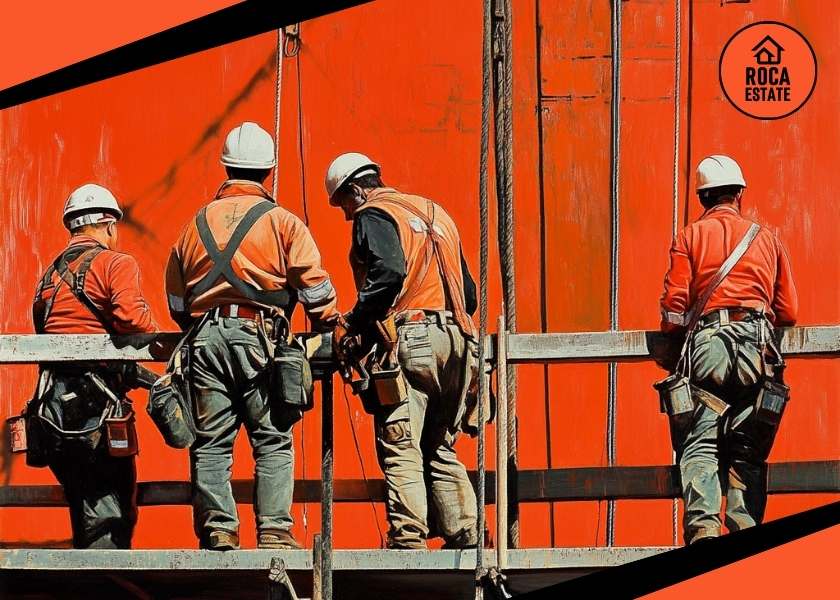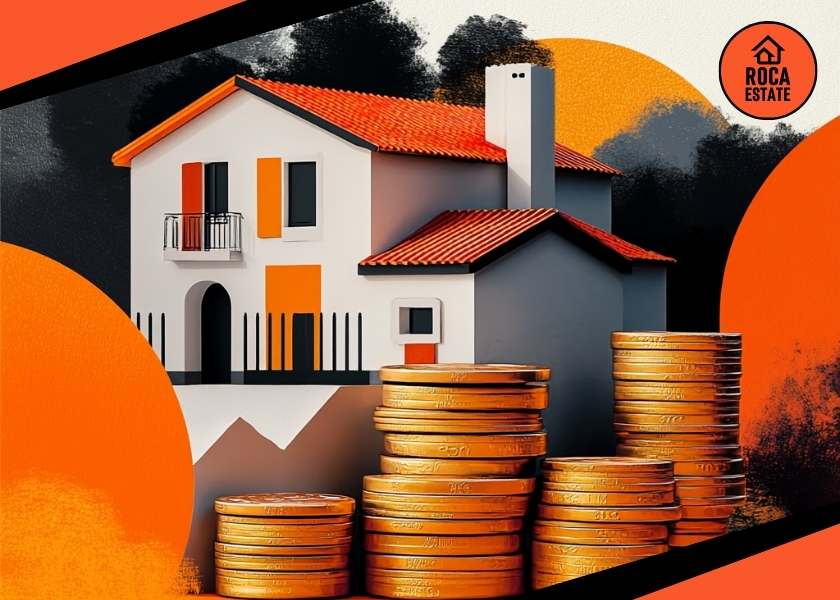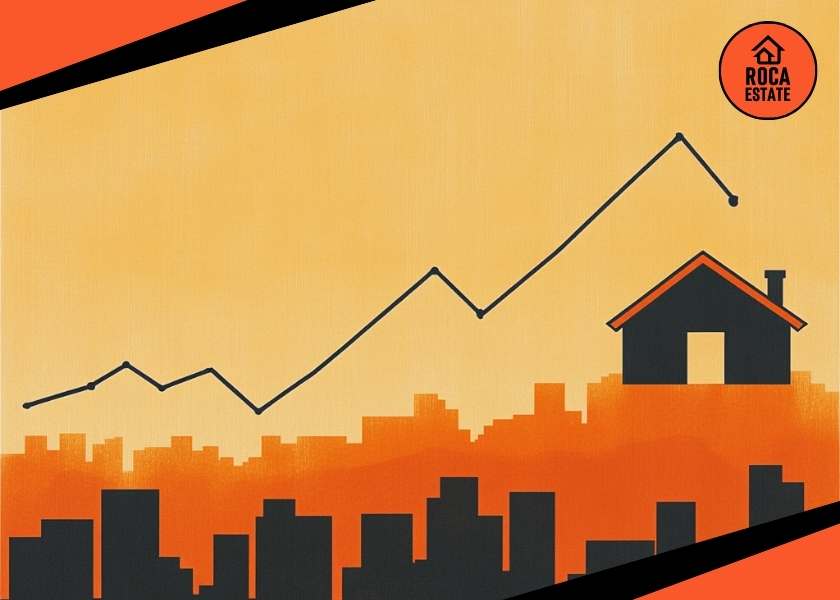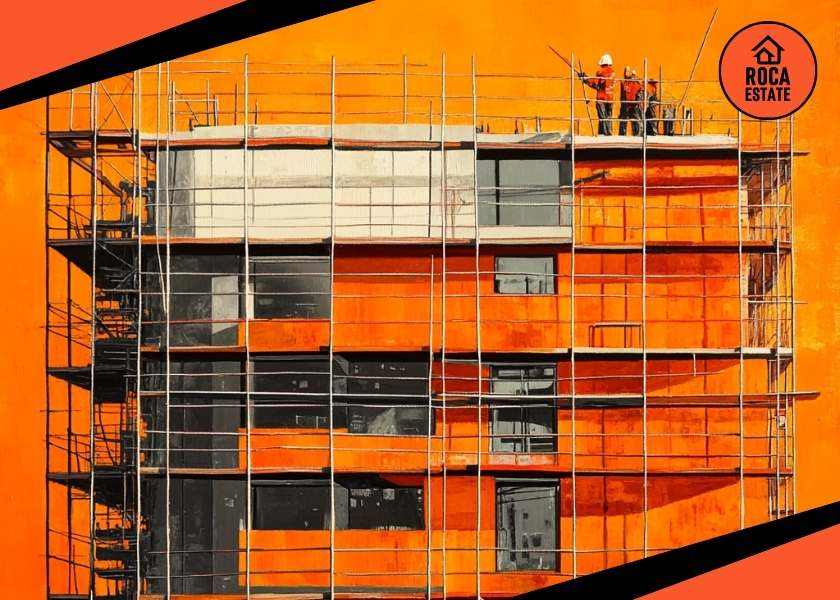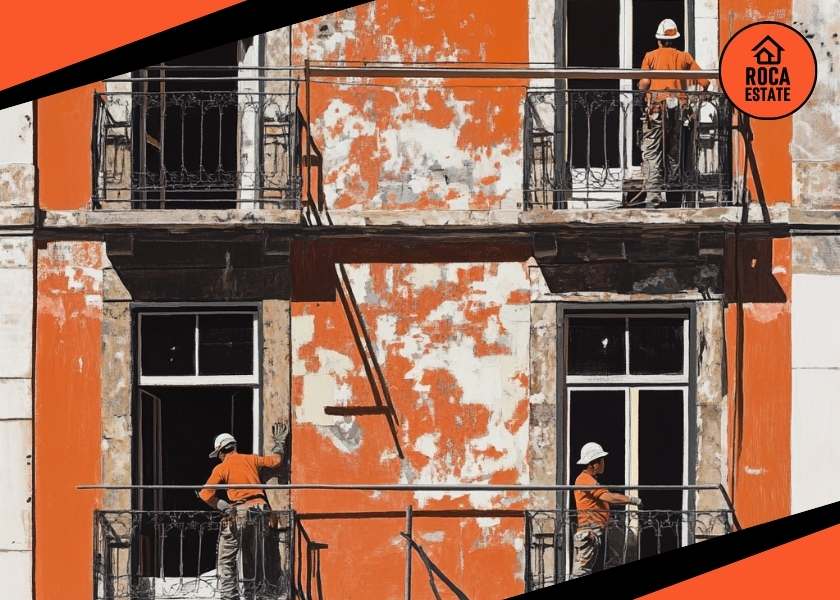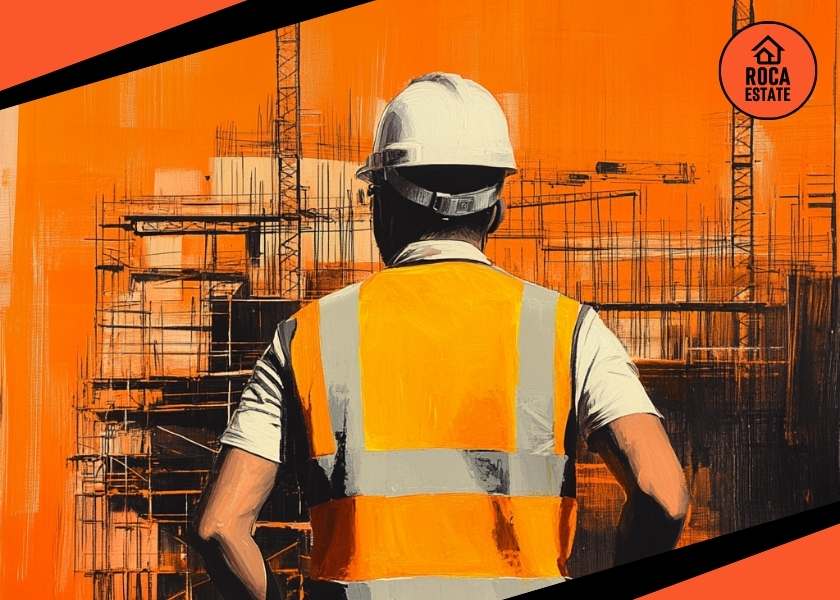The Portuguese real estate market in the second quarter of 2024 presents a nuanced landscape, marked by modest growth in construction activity and a significant uptick in completed dwellings. For real estate investors eyeing opportunities in this market, understanding the trends and metrics from the latest data is essential for making informed investment decisions.
Overview of Construction and Licensing Activity in Q2 2024
The construction sector saw a modest yet positive movement in Q2 2024, with a notable recovery from the first quarter’s more severe declines. Here’s a breakdown of the key numbers:
- Licensed buildings: The total number of licensed buildings grew by 1.9% compared to the same period in 2023, a sign of stabilization after a sharper decline in Q1 2024.
- New construction permits: Licenses for new construction grew by 2.4%, while renovation permits increased by 3.0%, indicating a balanced recovery across both new developments and refurbishments.
- Completed buildings: After a sharp decrease in Q1, the number of completed buildings saw a slight decline year-over-year (down by 6.2%). However, the quarter-over-quarter performance improved significantly, with a 6.7% increase compared to Q1 2024.
The data for residential construction is particularly important for investors, showing more substantial positive momentum:
- Licensed dwellings for new residential construction grew by 6.1% in Q2 2024, recovering from a severe decline of nearly 20% in the previous quarter.
- Completed dwellings in the residential sector grew by a robust 12.3% after a modest decrease of 5.7% in Q1 2024.
What This Means for Real Estate Investors
The Q2 2024 figures indicate that the Portuguese real estate market is in a recovery phase following the challenges of Q1. The overall increase in building permits and the double-digit growth in completed residential dwellings demonstrate a renewed confidence in the sector. For investors, several key takeaways can be drawn:
- Positive Momentum in Residential Development: The growth in licensed dwellings and completed buildings shows that the demand for residential property remains strong. Investors seeking new developments or refurbishments can expect continued opportunities, especially as the market has shown resilience in residential construction.
- Stable Growth in Construction Permits: The slight recovery in building permits is encouraging for those planning long-term investments. The balanced increase in both new construction and renovation permits suggests a market that is open to both new builds and the revitalization of existing structures. This could provide flexibility for investors, depending on their strategy—whether they prefer ground-up developments or upgrading older properties.
- Recovery After a Challenging Q1: While Q1 2024 posed challenges with declines across multiple metrics, the second quarter’s recovery points to a potentially stronger outlook for the remainder of the year. For real estate investors, the opportunity to capitalize on this recovery may be present in acquiring properties during this transitional period before the market fully rebounds.
Conclusion: Why Invest in Portugal’s Property Market Now?
For real estate investors considering entry into the Portuguese market, the data from Q2 2024 offers a clear signal of recovery and stability. The residential sector, in particular, presents significant growth potential with the increase in both licensed dwellings and completed buildings. While the market faced headwinds in Q1, the second quarter’s rebound highlights a return to growth that could yield attractive returns for those investing now.
However, investors need to remain vigilant about future trends, especially concerning broader economic factors that could impact construction and real estate demand. Portugal’s property market remains a promising option for long-term investment, but close monitoring of sector-specific developments is key to ensuring sustained profitability.
Investors should consider this moment as a pivotal time to explore opportunities, as the market shows clear signs of recovery and future growth in both residential and broader real estate sectors.
Completed Buildings – Construction
To maximize your success in the recovering real estate market in Portugal, it’s essential to partner with experts who can guide every step of the process. Our investment services in Portugal cover legal support, asset management, and turnkey solutions for those looking to invest in real estate in Portugal with confidence.

